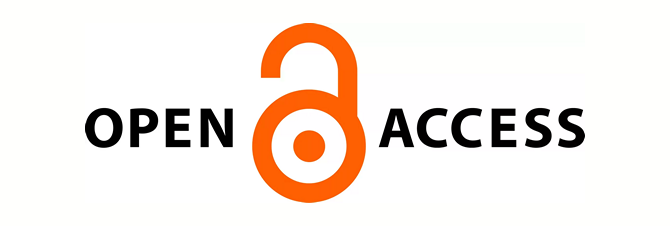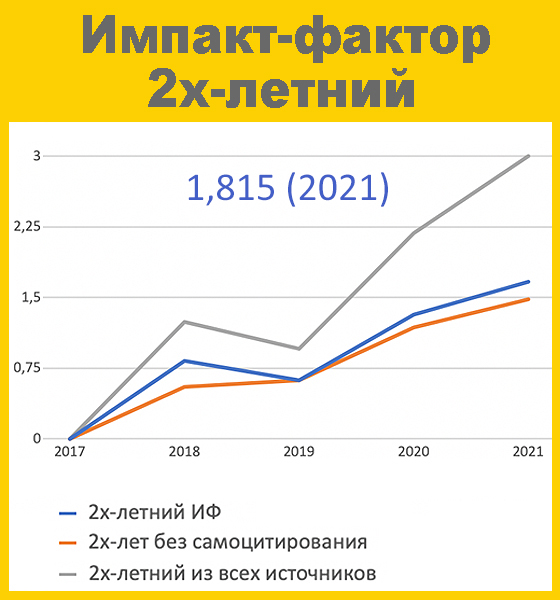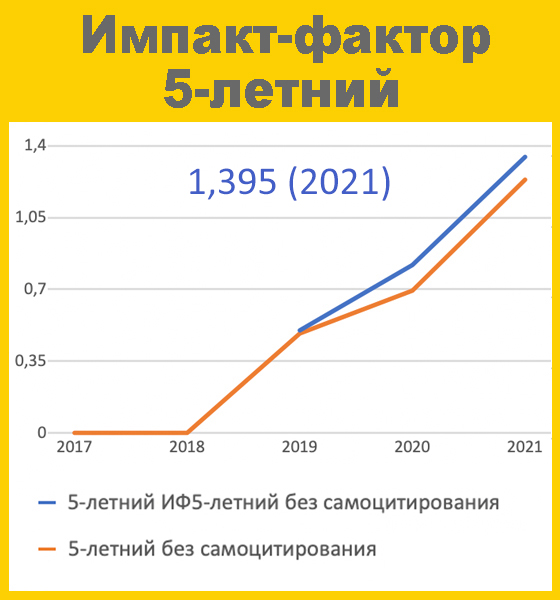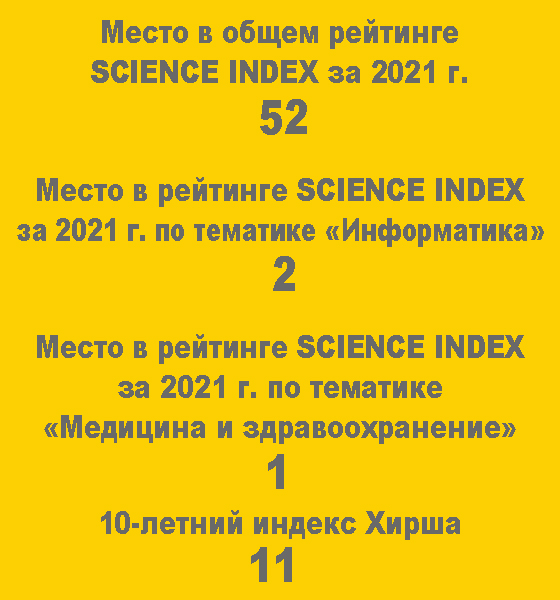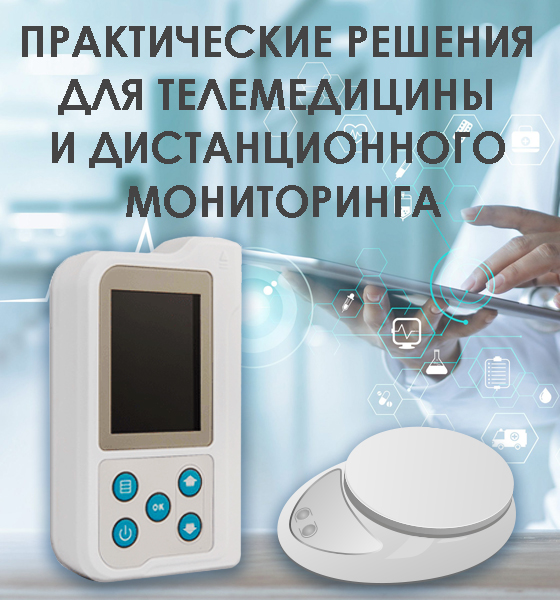The use of inventive activity results in the work of Department of Orthopedic Denticity: digital and additive technologies DOI: 10.29188/2542-2413-2020-6-4-15-18
- Klyomin V.A. – Dr.Sc., Head of the Department of Prosthetic Dentistry, Professor of the State Educational Institution of Higher Professional Education «Donetsk National Medical University named after M. Gorky»;
- Korzh V.I. – PhD, Associate Professor of the Department of Orthopedic Dentistry, GOO VPO «Donetsk National Medical University named after M. Gorky»;
- Kalinovsky D.K. – PhD, Candidate of Medical Sciences, Associate Professor of the Department of Pediatric Dentistry and Oral and Maxillofacial Surgery, «Donetsk National Medical University named after M. Gorky»;
- Korzh D.V. – dentist, Intana LLC;
 1987
1987 Introduction. We examined the results of scientific activity of the department of orthopedic denticity of Donetsk National Medical University on invention and digital technologies for 2020, as well as the possibility of their implementation in the educational process and industrial practice. All developments relate to the field of orthopedic dentistry and are intended for dental prosthetics.
Aim. To analyze the possibility of using the inventive activity results in the work of the department of orthopedic dentistry in teaching the discipline «Clinical orthopedic dentistry».
Materials and methods. We proposed several developments, the main purpose of which was the use of digital technologies in dental prosthetics with removable dentures.
Results. Scientific developments were introduced into the educational process of the department in field of teaching the discipline «Clinical orthopedic dentistry». Certain techniques are also tested in dental facilities of various forms of ownership.
Conclusion. We noted that the consideration and analysis of new developments in the relevant classes, the comparison of their effectiveness with existing analogues arouses interest among students, and in result, stimulates students to rationalization and inventive activity. The results of such work can be realized both during the educational process and during practical training.
| Attachment | Size |
|---|---|
| Download | 167.68 KB |



































